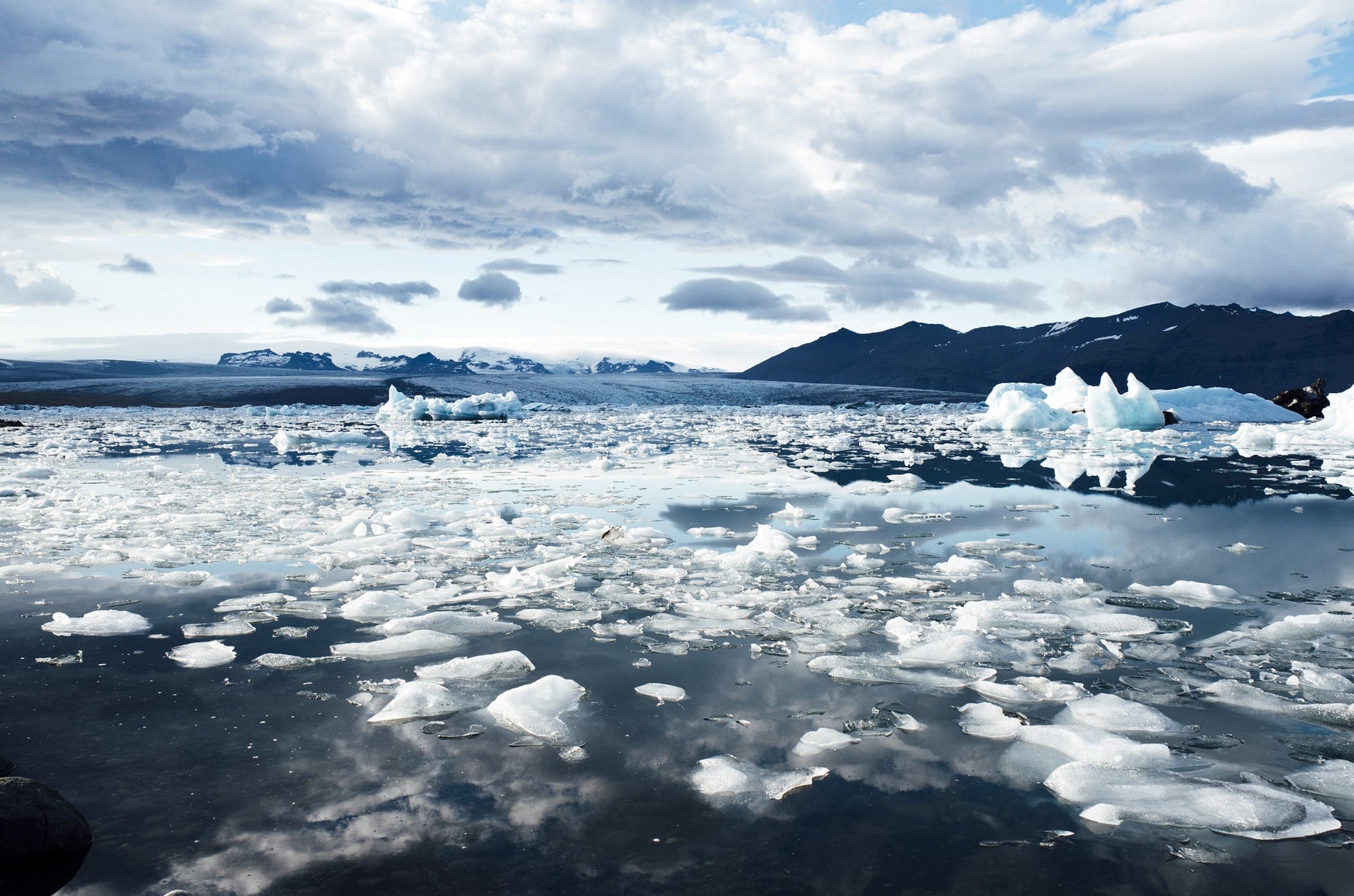These past few weeks have been tough for the State of Florida, particularly for those of us in South Florida and the west coast. We prepared for Irma, a category 5 hurricane with the potential to destroy everything in its path, bringing storm surges of up to 15 feet. Bottled water, canned goods and gas ran out in most places even before the stormy weather arrived. Many were ordered to evacuate and leave their belongings behind. Echoes of hurricane Andrew and the fact that this was considered a massively stronger storm sent many fleeing to other states. Interstate 95 looked like a parking lot with bumper to bumper traffic going north, and anyone who stayed behind kept preparing their homes and praying for the storm to deviate from its predicted path. Hurricane Irma made landfall on US soil on Sunday September 10th and it caused major destruction to the Florida Keys, storm surges that flooded many coastal cities, power outages for more than 60% of the population and 26 deaths. We are starting to see the terrifying effects of global warming; climate change is real and we need to deal with it.
There are people who do not accept the planet is warming at all, even when there is irrefutable evidence to support this fact and 97% of Scientists agree that the Earth’s climate is absolutely warming (NASA). We need to concentrate on looking for a solution to the problem, instead of endlessly trying to convince others of the facts. We also cannot continue to argue back and forth about the role humanity is playing in the warming of our planet. We are running out of time. Whether you subscribe to the skeptics point of view or you believe that humans are to blame for global warming is really a moot point. Does it matter who caused it, if it is already happening? The polar ice caps are melting, glaciers are melting, oceans are warmer and our weather patterns are unpredictable and extreme. It is time to talk about what we can do to minimize the impact of climate change and to prepare for the survival of our species in an increasingly unfriendly environment.
Some people will argue that we cannot do anything about it, that if humans have nothing to do with the cause of global warming, they really will have no impact in curving it. But even if that was true, which I absolutely do not believe for one second, don’t we owe it to ourselves to do everything we can to help? Shouldn’t we at least try? We cannot afford to stand by and do nothing, because we will all ultimately suffer the consequences of inaction. We have seen the satellite pictures from NASA showing the critical reduction of ice in the Artic, the melting glaciers, mass coral reefs bleaching events, stronger and bigger hurricanes due to warmer oceans, etc. We have already experienced 3 major and record breaking hurricanes in 2017. Do we have to wait until experts are forced to upgrade the Saffir-Simpson scale to include categories 6 and 7 to start believing something may be wrong with our planet’s climate? Do we wait until all our coral reefs are dead and our oceans can no longer feed us?
We must believe that even climate change skeptics want clean air, clean oceans and a better planet for our children and generations to come. Who wants to live in a city that is so polluted you must use a mask to go out for a walk or go out fishing and only reel in garbage? No one would ever want that. There should be no argument about something as simple as clean air and water, but politics and agendas of those who stand to lose if we eliminate our dependence on fossil fuels will continue to drive the conversation in the same never-ending loop we’ve been in for the past two decades. The time for bickering and inaction is over. We need to do something as individuals, as a group, as a country and as part of the international community.
The current administration is reversing policies that would have helped cut carbon emissions in the US, demonstrating to the international community that we are committed to a better planet. The argument is that these policies were making America “less competitive”. Unfortunately, this will only make matters worse, not only is China going to continue to push their unprecedented industrial growth and staggering carbon foot print, it will also cause many countries to follow suit. The international community needs the United States to set the bar and be the beacon of hope for the rest of the world. What is more, the only way for the United States to stay competitive, is to pursue policies that promote innovation, such as clean energy and the jobs that go with it. We must continue to place great emphasis on STEM education to ensure we have the brain power and the resources that will move our country to the vanguard in technology and engineering. It is in our best interest to pursue policies that will help not only cut carbon emissions, but that will ensure there are plenty of new jobs for the workforce of the future.
What can we do about it? How can we have any impact on this massive problem? Perhaps one person cannot do much, that is for sure, but one thousand, one million, and 300 million people can. All it takes is for us to stop expecting someone else to do something. We know what we must do to reduce our individual carbon footprint and it will be hard. Even for those of us in places that are and will be heavily impacted by climate change, doing what it is required is extremely difficult. Giving up our gas fueled car in favor of hybrid or electric vehicles and other methods of transportation may not be economically and logistically possible at the moment. However, we can still take measures to use less plastic, less water, consume less and live a cleaner life. It is not impossible to do what it takes, but we must have the will and the grit to make those changes happen. We must hold our leaders accountable for the things they do that affect the quality of our lives and be engaged in the process to effect meaningful change.
It is time to start innovating and creating the jobs that will build a better future for our children and children’s children now. It is not just about climate change, it is a question of ensuring we have a high quality of life and a livable planet that can sustain it. Science and engineering will help us design the cities of tomorrow, with cleaner transportation systems with no carbon emissions, better urban planning and infrastructure that ensures sustainable population growth, better ways of recycling our trash so it does not pollute our water and oceans, smart buildings that use less energy, etc. It is a future we should aim for, it is an agenda worth pushing forth regardless of our political affiliation. Let’s not wait until it is too late to act, because as we have seen mother nature is not very forgiving.
Sources
Merica, D. (2017, 09 14). Trump dismisses climate change question by contradicting himself on hurricanes. Retrieved 09 18, 2017, from CNN.com: http://www.cnn.com/2017/09/14/politics/trump-climate-change-hurricanes/index.html
NASA. (2015, Feb 10). NASA Study Shows Global Sea Ice Diminishing, Despite Antarctic Gains. Retrieved 09 18, 2017, from NASA.gov: https://www.nasa.gov/content/goddard/nasa-study-shows-global-sea-ice-diminishing-despite-antarctic-gains
NASA. (n.d.). Scientific Consensus: Earth’s Climate is Warming. Retrieved 09 18, 2017, from Climate.Nasa.Gov: https://climate.nasa.gov/scientific-consensus/
National Geographic. (n.d.). Climate Change 101 with Bill Nye. Retrieved 09 18, 2017, from National Geographic: video.nationalgeographic.com/video/news/101-videos/151201-climate-change-bill-nye-news
Skeptical Science. (2017). Global Warming and Climate Change Myths. Retrieved 09 18, 2017, from Skepticalscience.com: https://www.skepticalscience.com/argument.php
Worrall, S. (2017, 05 28). 100 Practical Ways to Reverse Climate Change. Retrieved 09 18, 2017, from National Geographic News: http://news.nationalgeographic.com/2017/05/climate-change-global-warming-drawdown-hawken/





